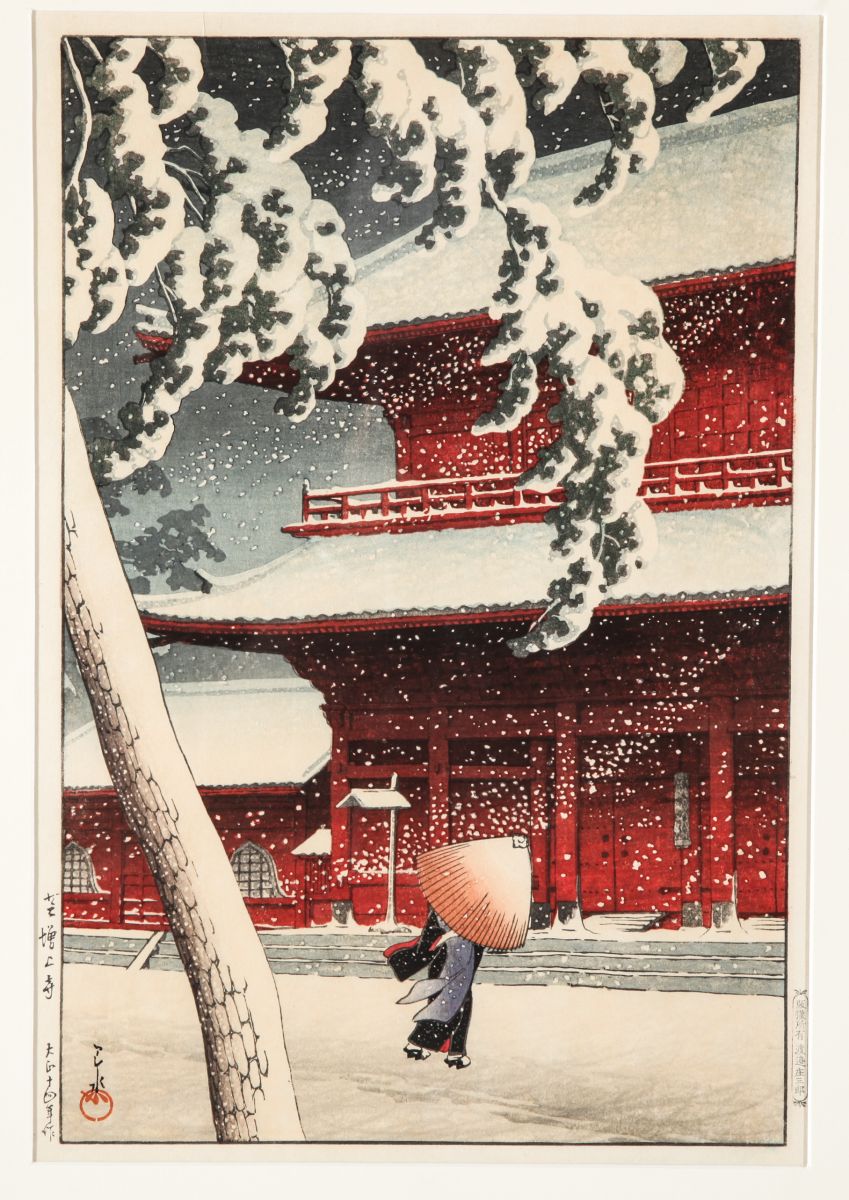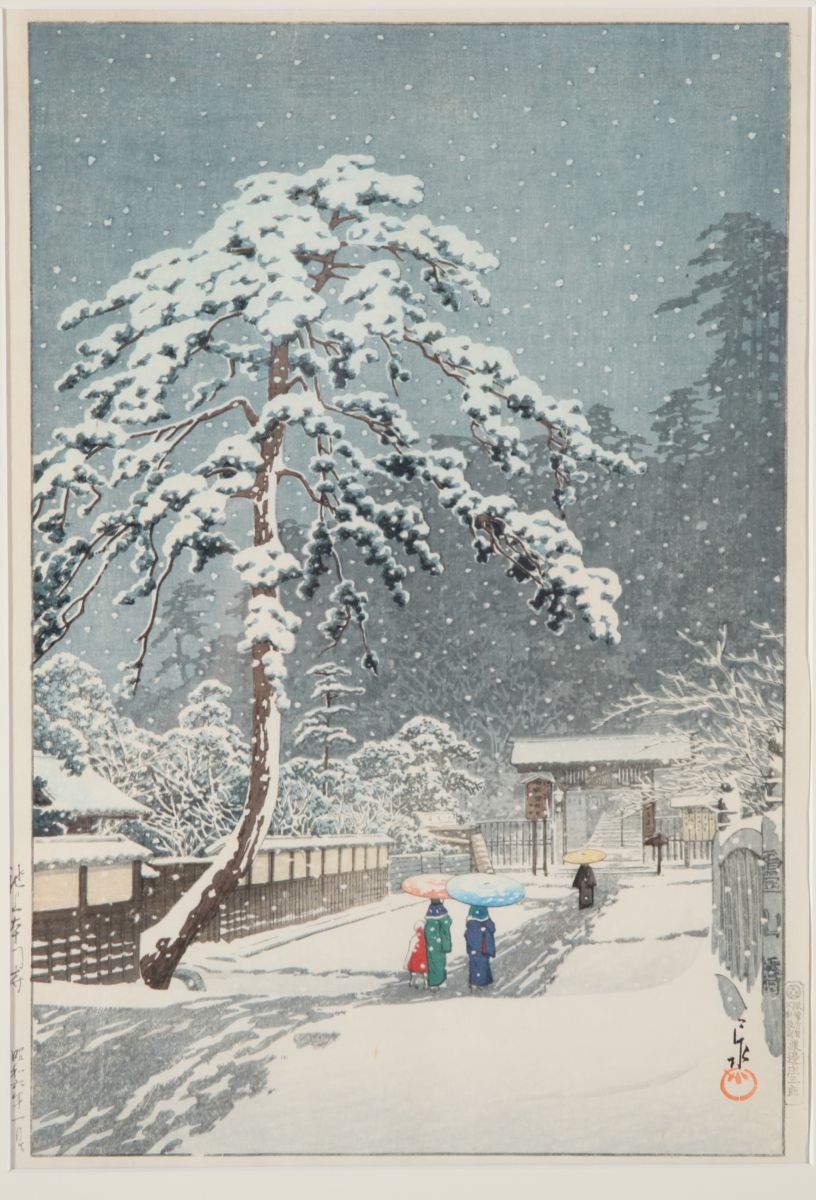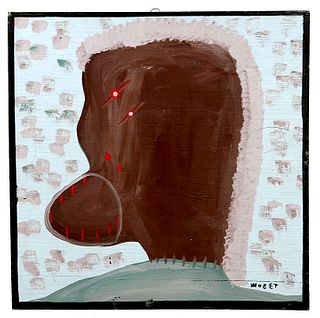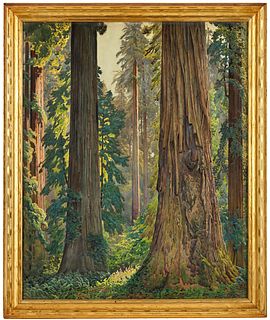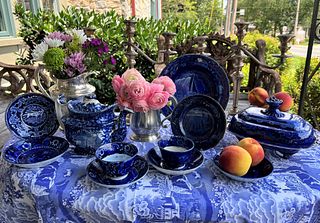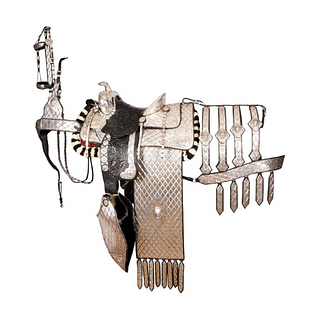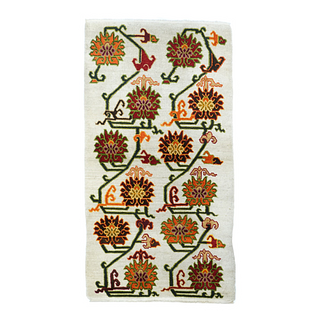Romanticizing 20th Century Japan Through the Prints of Kawase Hasui
Showplace Antique + Design Center will be holding their New York Estate Auction on March 15. This sale features over 300 lots of jewelry, silver, European painting, 20th century design and Asian Art.
On the Asian Art side of the sale are numerous objects like Buddhist sculptures, Japanese Sculptures, Chinese export porcelain and Japanese Meiji Bronzes. Of particular note are two outstanding Japanese woodblock prints by the famed shin-hanga artist, Kawase Hasui (1883-1957).
Shin-hanga literally means ‘new print’- a movement that became popular during the first half of the 20th Century.
Lot 55, Hasui Shiba Zojoji Temple Japanese Woodblock Print; Estimate $2,000-$4,000
These types of prints relied on the artist’s self-expression and feature a more westernized understanding of perspective, lighting and shading. The shin-hanga style is in stark contrast to the traditional ukiyo-e ‘floating world’ prints of the 18th and 19th centuries. The latter were known to be snapshots of daily Japanese life.
Along with Ito Shinsui (1898-1972), Hiroshi Yoshida (1876-1950) and Ohara Koson (1877-1945), Hasui was one of the major artists in the shin-hanga movement. He worked very closely with the publisher Shozaburo Watanabe (1885-1962) for over forty years and produced over 600 designs. In 1956, he was recognized as a Living National Treasure in Japan.
Hasui’s prints are unique and easily identifiable. His oeuvre depicts detailed images of landscapes, nature and traditional Japanese architecture including temples and villages. In many of his scenes, he will incorporate natural elements such as snow and rain to enhance the mood.
Hasui often includes figures into his prints, but most of them are small in scale relative to their environment. Many collectors of his works suggest that these figures are a microcosm of the human condition during that time – individuals dealing with the liminal state between the past and modernity.
Lot 55 is one of Hasui’s most iconic images, Zojoji Temple. This Buddhist site can be traced back to the early 17th Century and is currently located in Shiba Park, Tokyo. Published in 1935, this print was part of his series ‘Twenty Views of Tokyo’.
Detail of Lot 55Hasui Shiba Zojoji Temple Japanese Woodblock Print; Estimate $2,000-$4,000
The scene is full of drama. An anonymous female figure, dressed in a traditional blue kimono, raises her umbrella to block off the blowing snow. In the foreground, a large snow-covered pine tree frames the scene. In the background, we see the massive bright-red structure of Zojoji Temple contrasting the darker colours of the figure and the tree. Even though the viewer doesn’t know the true story of this scene, a narrative can be easily unfolded.
Zojoji Temple is one of the most popular Japanese woodblock prints and can often be seen on calendars, greeting cards, and magnets. Even though you may not know Kawase Hasui, you may have remembered being drawn to this image once in your lifetime.
For new collectors of Hasui, Zojoji Temple is one of the prints they definitely pursue. It may even be the reason why they like Hasui in the first place! It depicts an idealized vision of Japan where elements of the past are still present during modern times.
Lot 56, Hasui Honmon Temple, Ikegami Japanese Woodblock; Estimate $1,000-$2,000
Lot 56 is another exciting Kawase Hasui woodblock print. Like Zojoji Temple, Honmon Temple (1931) depicts a temple scene during snowfall. However, it's noticeably less dramatic since the figures aren’t up against the natural elements. Rather, the snow is falling gently, resulting in a calm atmosphere.
We still see women wearing kimonos, but they remain anonymous with their backs turned to the viewer and faces hidden under umbrellas. Just in front of them is a solitary male figure; it's up to the viewer to imagine the story here.
Zojoji Temple and Honmon Temple can both be compared to the works of ukiyo-e master Utagawa Hiroshige (1797-1858). The Showplace Antique + Design Center auction will be offering two of his scenes for sale, Yahagi Bridge (lot 57) from his series ‘53 Stations of the Tokaido Road’ and Tasuta Mountain and River (lot 58) from his series ‘Famous Places from the Sixty Odd Provinces’.
Yahagi Bridge and Tatsuta Mountain and River were produced approximately 70 years before the two Hasui prints. Hiroshige is best known for depicting animals, town scenes, and vignettes of tourist locations across Japan. Both of these prints offer snapshots for those who have or are hoping to visit these iconic travel destinations.
View the full catalog for Showplace Antique + Design Center’s New York Estate Auction on March 15.
Don't have a Bidsquare account? Sign up here!
Be in the know about upcoming auctions and exciting post-sale results by following us on Facebook and Instagram.
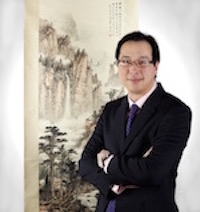
Anthony Wu is an Asian Art consultant, researcher, writer based in Toronto, Canada. After working eleven years as the Asian Art specialist at two of Canada’s largest regional auctions, he started his own art advising firm where he consults for various auction houses, museums, and private clients in Canada and the USA. He is a certified Chinese Fine Art appraiser with the Appraisers Association of America.
- Rafael Osona Auctions' Modern & 19th Century Design From Nantucket Estates
- Bidsquare Appoints Traci Lombardo as CEO, Reinforcing Founding Commitment to Auctioneers
- Quilts as a 2025 Design Trend: A Celebration of American Heritage and Craftsmanship
- A Celebration of Sports History and Collectibles
- The Thrill of Sports Memorabilia Auctions: A Collector’s Paradise
- Demystifying Coin Condition: A Guide to the Sheldon Grading Scale
- Snoopy & Friends: A “Peanuts” Auction at Revere
- Colorful Chinese Monochromes at Millea Bros
- 12 Holiday Gifts for the “Impossible to Buy For” on Bidsquare
- Alluring Art Objects and Accessories from the Estate of Chara Schreyer



 EUR
EUR CAD
CAD AUD
AUD GBP
GBP MXN
MXN HKD
HKD CNY
CNY MYR
MYR SEK
SEK SGD
SGD CHF
CHF THB
THB